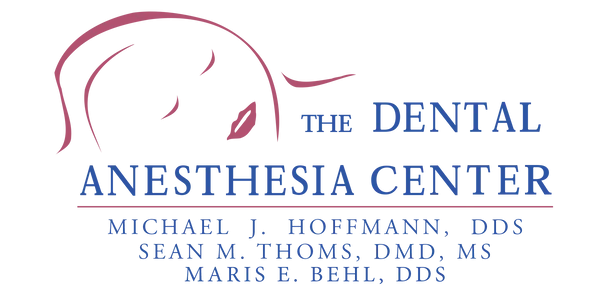Enamel cannot be regrown but you can prevent erosion from getting worse by taking care of your teeth and by getting specific types of dental treatments.
Tooth enamel is a substance on the outer layer of your teeth. It is very tough; it protects against physical and chemical damage. It is the hardest tissue in the human body, even more resilient than bone.
Every day our teeth are exposed to chemicals from what we eat and drink. As a result, our tooth enamel is prone to wear and tear. This is known as enamel erosion.
The symptoms of enamel erosion include tooth stains and sensitivity. Enamel cannot be regrown but you can prevent erosion from getting worse by taking care of your teeth and by getting specific types of dental treatments.
Symptoms of Enamel Erosion
Each person is different, so the symptoms of enamel erosion can vary. But they often include:
- Cracks and chips in your teeth
- Increased sensitivity to temperature, taste, and textures
- Indentation, also known as cups, on the surface of your teeth
- Discoloration
If the erosion is severe, you may experience pain, high sensitivity to hot, cold, spicy, and acidic food and drink. Over time, erosion can lead to complications such as:
- Overly sensitive teeth
- Stained, yellow teeth
- Rough edges on your teeth
- Fractured teeth
- Shiny spots on the surface
- Increased tooth decay
- Gradual wearing, which can lead to slightly translucent teeth
What Causes Enamel Erosion?
One of the primary causes of enamel erosion is from the acids found in the foods and liquids you take in. Your saliva is always neutralizing the acid in your mouth to protect your teeth. But if you consume a lot of acidic food and drinks and don’t properly brush your teeth, over time, the out layer of enamel will break down.
In addition to the food and drink you take in, and the way you take care of your teeth, other causes of enamel erosion include:
- Chronic acid reflux
- Low salivary flow
- Regular use of certain medications
- Teeth grinding
- Eating disorders, such as bulimia
Treating Enamel Erosion
There are a few techniques your dentist can do if you’ve experienced significant enamel erosion. The first technique is called bonding. Bonding is a dental procedure in which a tooth-colored material, called resin, is applied to damaged or stained teeth. The resin will protect your tooth and can cover up discolorations. This may be especially good to consider if erosion has discolored your teeth in the front.
For more severe enamel erosion, your dentist may add a crown or veneer to your damaged teeth to prevent them from decaying further.
Call Us Today
The first two board-certified Dentist Anesthesiologists in the state of Missouri.
